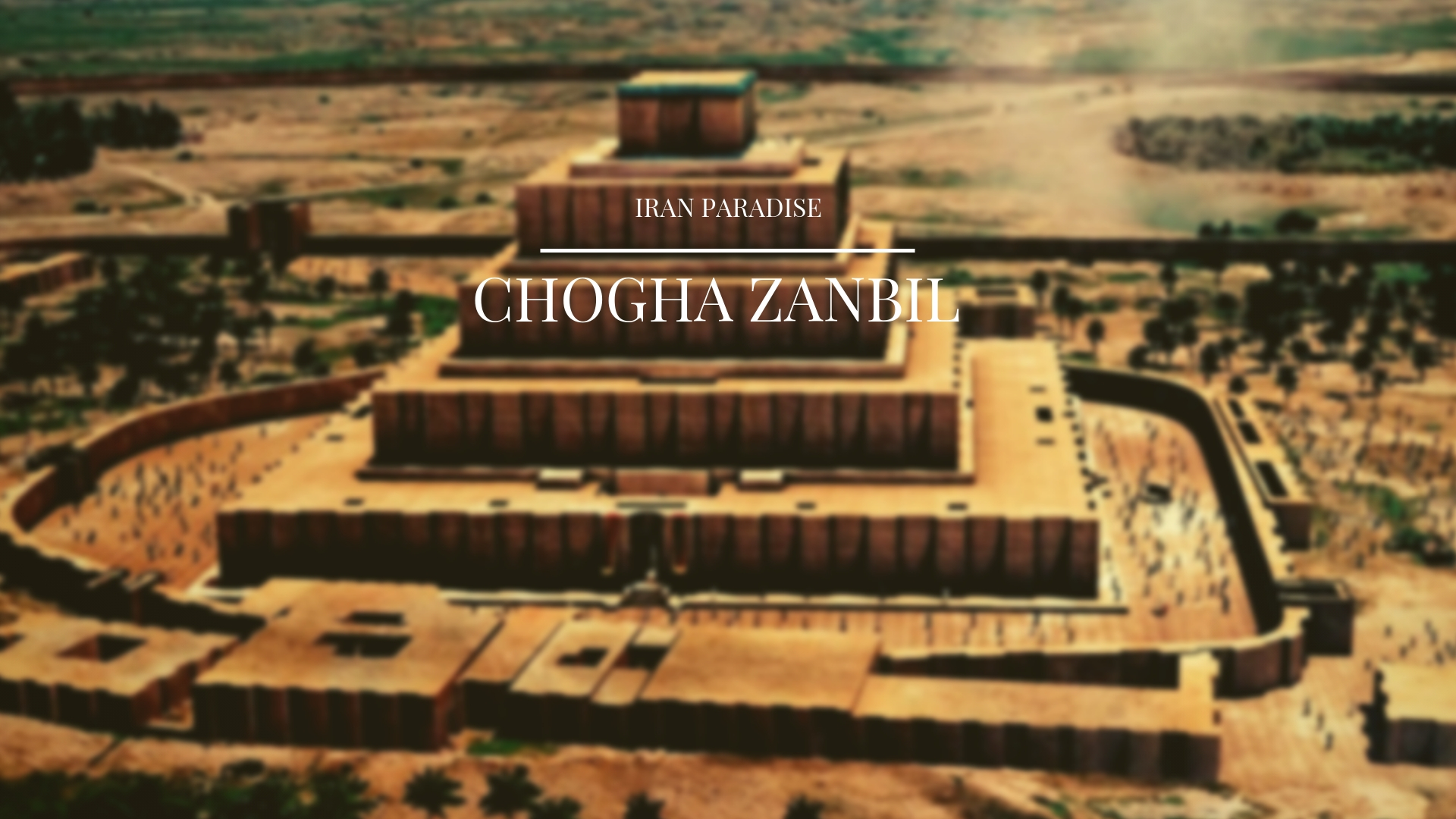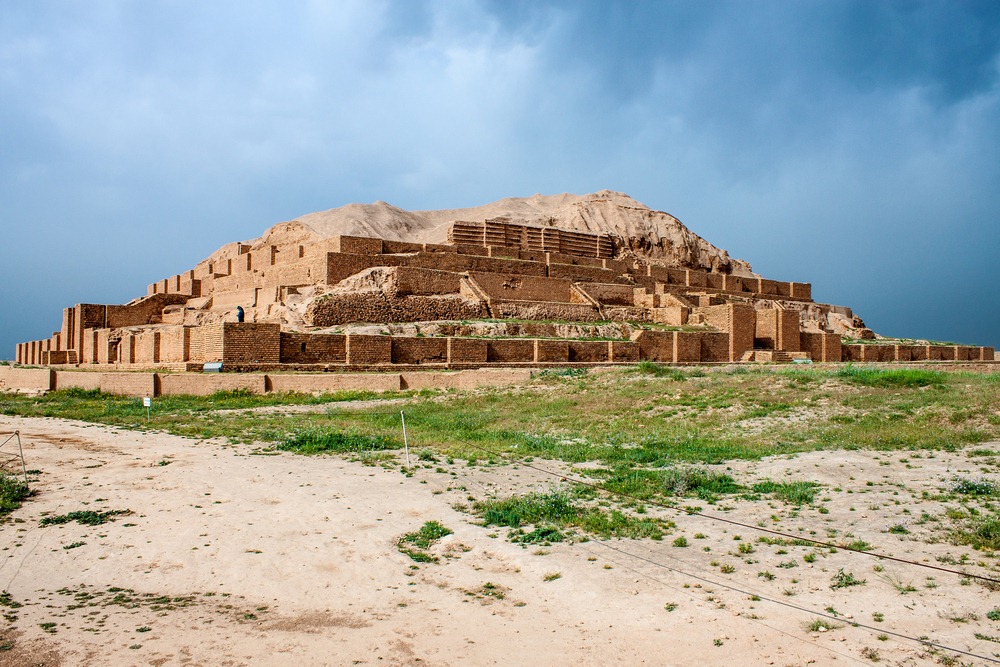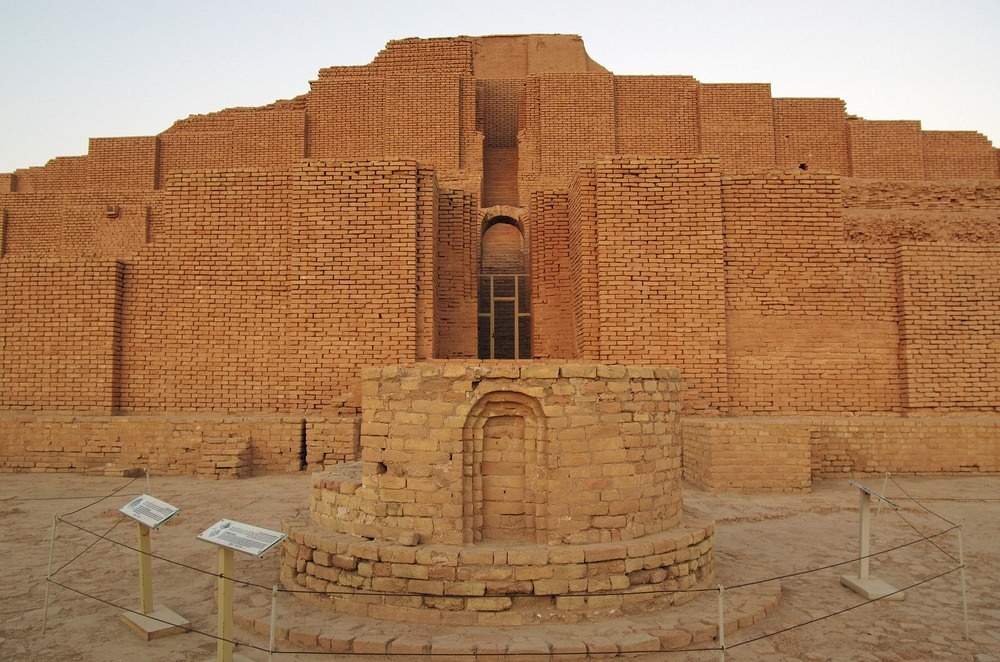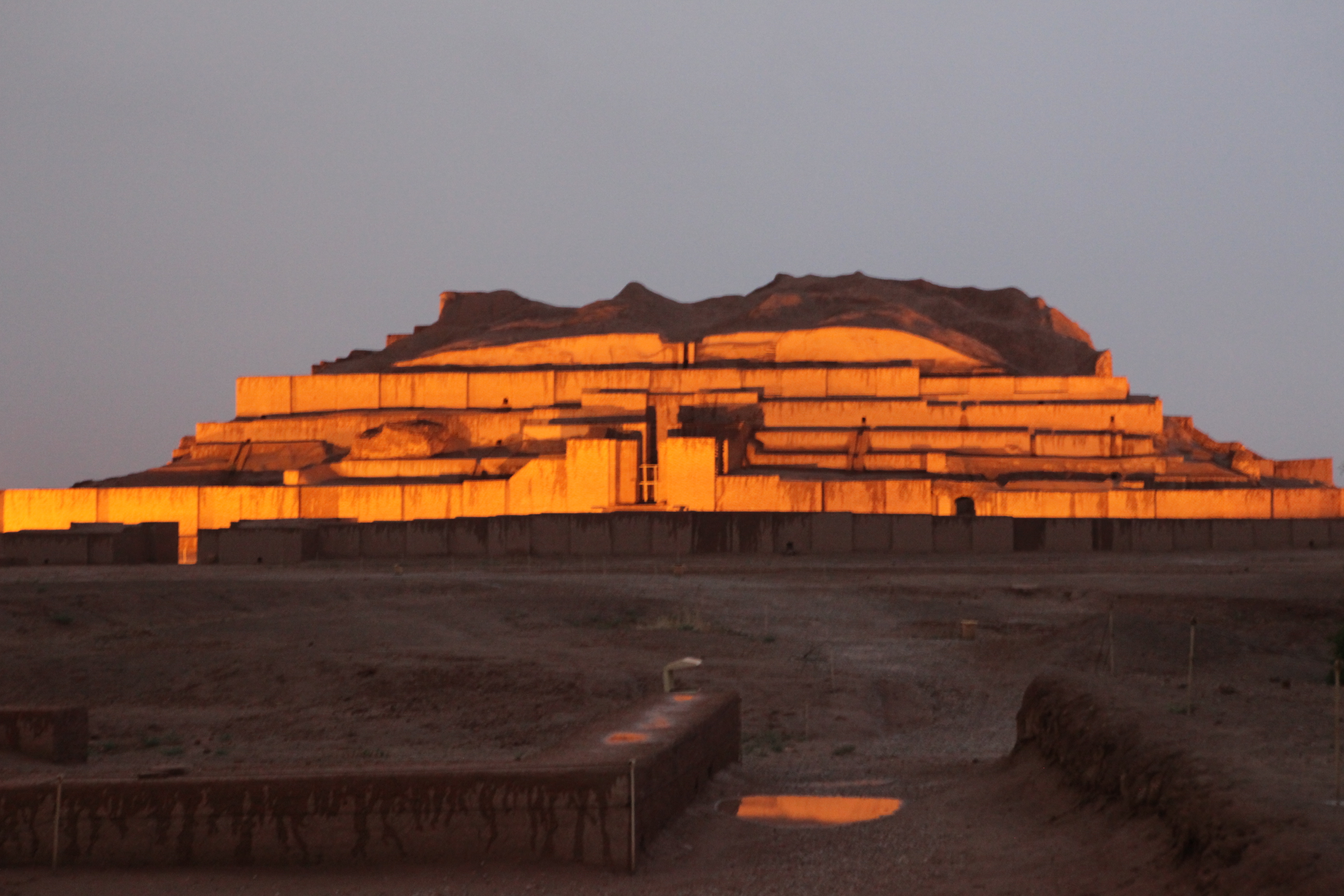Chogha Zanbil
The ziggurat is arguably the most distinct architectural feature of the Mesopotamian civilization. Nevertheless, some of these structures have been found to exist outside the area once occupied by this ancient civilization. One of these ziggurats is located in Chogha Zanbil (meaning ‘basket mound’), near Susa in the Khuzestan province of modern day Iran.
Choghā Zanbīl is a local name meaning “large basket-shaped hill.” It was sighted in 1935 by prospectors of the Anglo-Iranian Oil Company who were surveying the region by airplane. Initial studies were performed by French archaeologists in the late 1930s. From 1946 to 1962, excavations were carried out by the archaeologist Roman Ghirshman. Several bull sculptures of Inshushinak were found within the complex, which served the royal families of Elam as a place both of worship and of interment. In addition, a variety of small artifacts were recovered, including a collection of Middle Elamite cylinder seals. A building on the grounds contains five vaulted underground tombs, within four of which are cremated remains, and there is one uncremated corpse. The Elamites traditionally buried their dead, and the reason for the cremation is unknown.
Access was by means of a vaulted staircase, invisible from outside, unlike the squatter Mesopotamian ziggurats, which were equipped with three external staircases. Its early height originally rose to a height of 60 m long and was on 5 floors while today’s height is no more than 25 m high and only 2 floors and half of it has remained having been destroyed mostly by Assyrian king Ashurbanipal in 640 BC. The area of the construction base is a square 105 meters at 105 meters, twice a football field.
Petroleum exploration due to increased global demand threatens the foundations of the site, as various seismic tests have been undertaken to explore for reserves of petroleum. After fifty years of oil activities in Zanbil engineers were engaged in a brick with inscriptions was found.
Here comes the translation of it:
“I Untash Gal, I carved golden bricks. I am here to set up home for the gods Gal and I have dedicated this sacred place. May my work which is a gift to the Gods Gal and Inshushinak be accepted.”
During ancient times, Chogha Zanbil was known as Dur Untaš, and may have been a sacred city of the Elamite Kingdom. It has been shown that the city was founded sometime around 1250 BC by the Elamite king, Untash-Napirisha to perhaps function as a religious capital. The main god honored at Chogha Zanbil was Inshushinak, one of the major deities of the Elamite pantheon. This is evidenced in the temple located in the centre of the enclosure that was dedicated to him. This temple, which was originally a square building, was later converted into a ziggurat. The temple remained as the first storey of this new structure. It is based on the presence of this ziggurat that Chogha Zanbil is speculated to have had some religious importance in the Elamite Kingdom.
Heavy rainfalls have a harmful effect on the mud-brick outer walls and temples of the complex, despite the application of protective coverings. In the mid-1990s, it was noted that the brick walls of the ziggurat had shifted slightly, raising concerns about future structural damage.
During ancient times, Chogha Zanbil was known as Dur Untaš, and may have been a sacred city of the Elamite Kingdom. It has been shown that the city was founded sometime around 1250 BC by the Elamite king, Untash-Napirisha to perhaps function as a religious capital. The main god honored at Chogha Zanbil was Inshushinak, one of the major deities of the Elamite pantheon. This is evidenced in the temple located in the centre of the enclosure that was dedicated to him. This temple, which was originally a square building, was later converted into a ziggurat. The temple remained as the first story of this new structure. It is based on the presence of this ziggurat that Chogha Zanbil is speculated to have had some religious importance in the Elamite Kingdom.
If you choose The Khuzestan plain for your travel, winter is the best time for you. During this season the heat is low and comfortable for sightseeing. Totally from early November to middle of march you can enjoy of your travel.
This great ancient palace located in the 40 Km east of the Susa city in the Khuzestan province. Ahvaz is the capital of Khuzestan and every traveler want to go there from Ahvaz City, so from this city you can take a private taxi to Haft Tapeh and Chogha Zanbil (its price is around 2.500.000 Rials for a day.)






